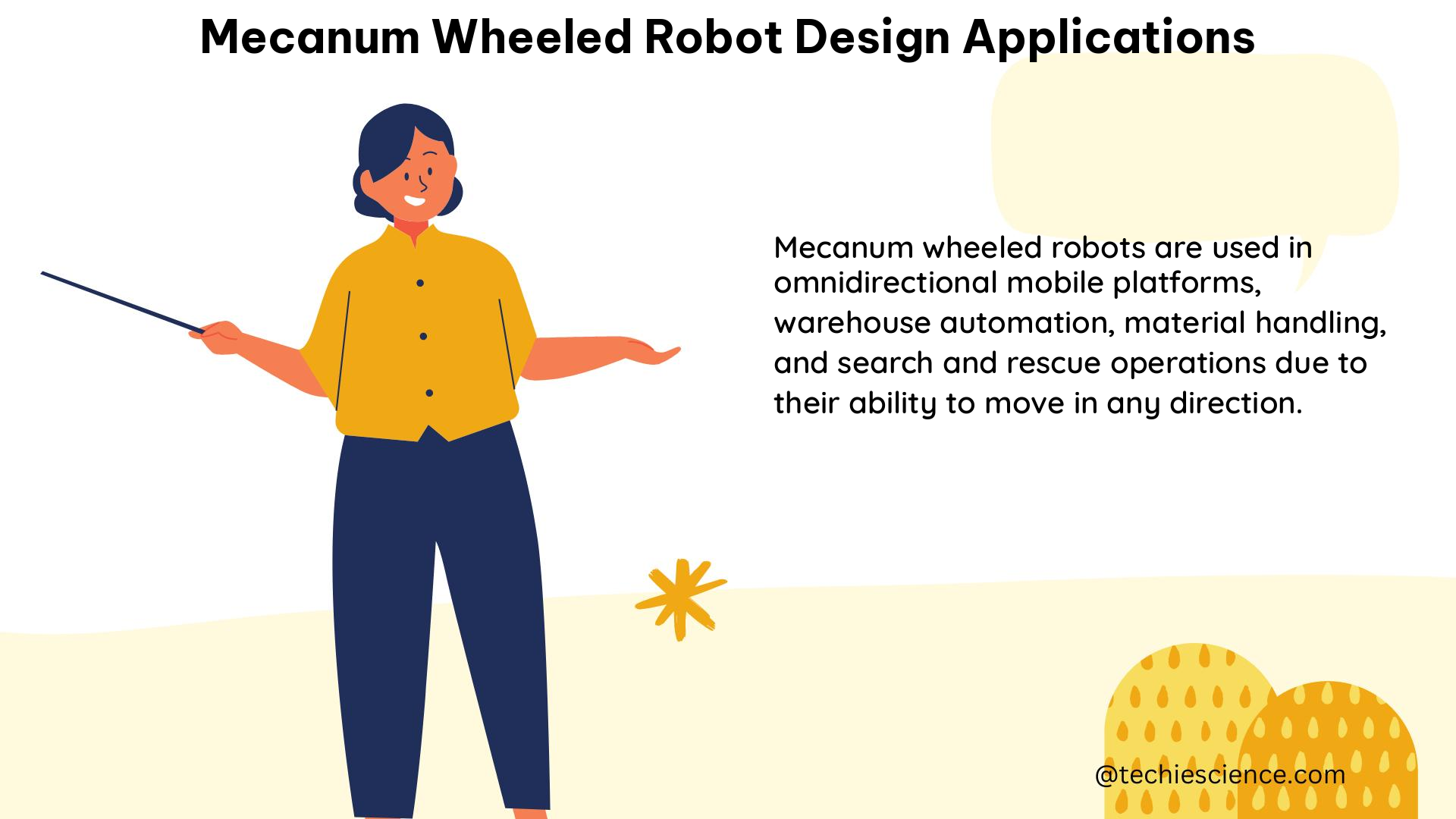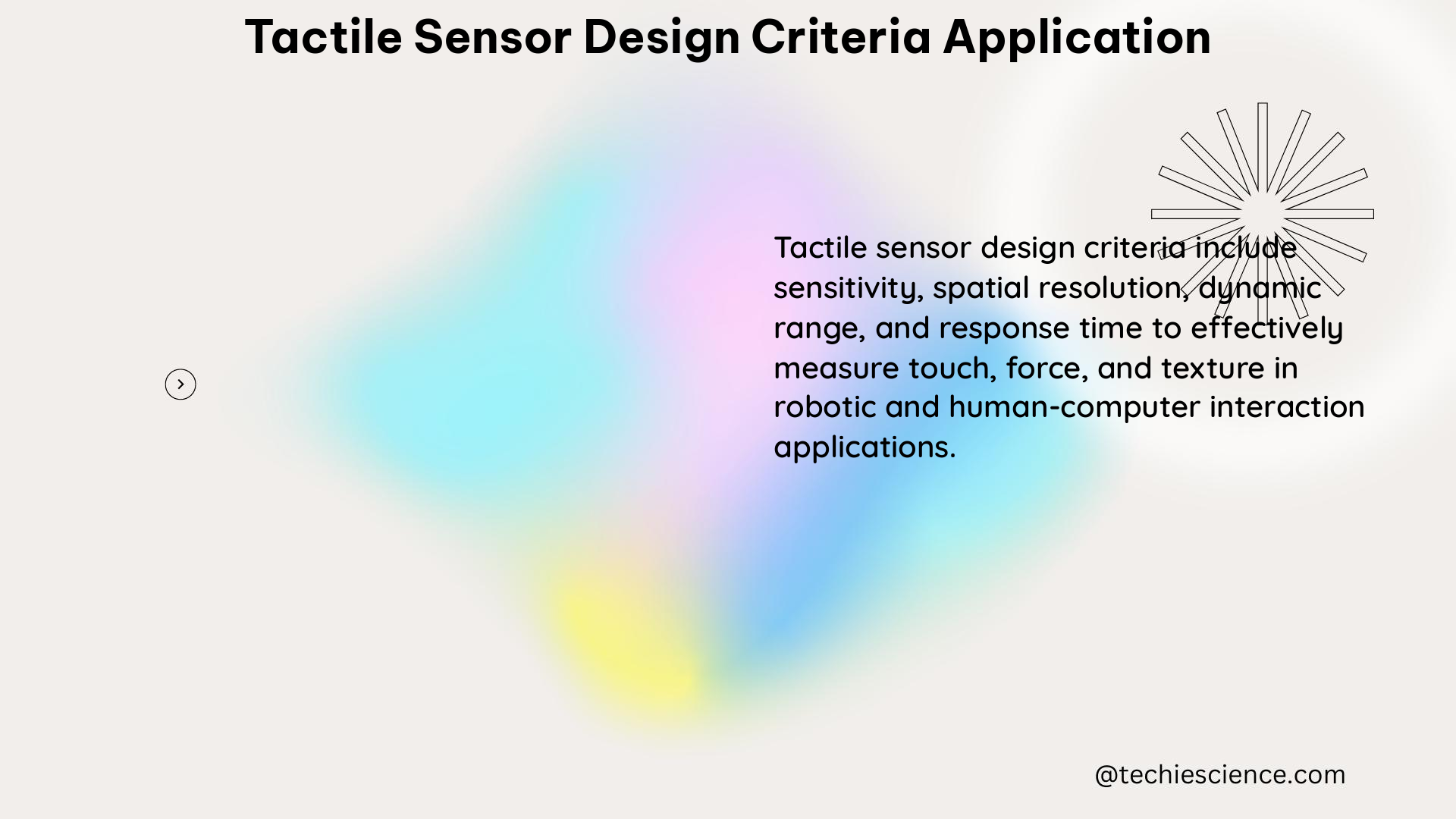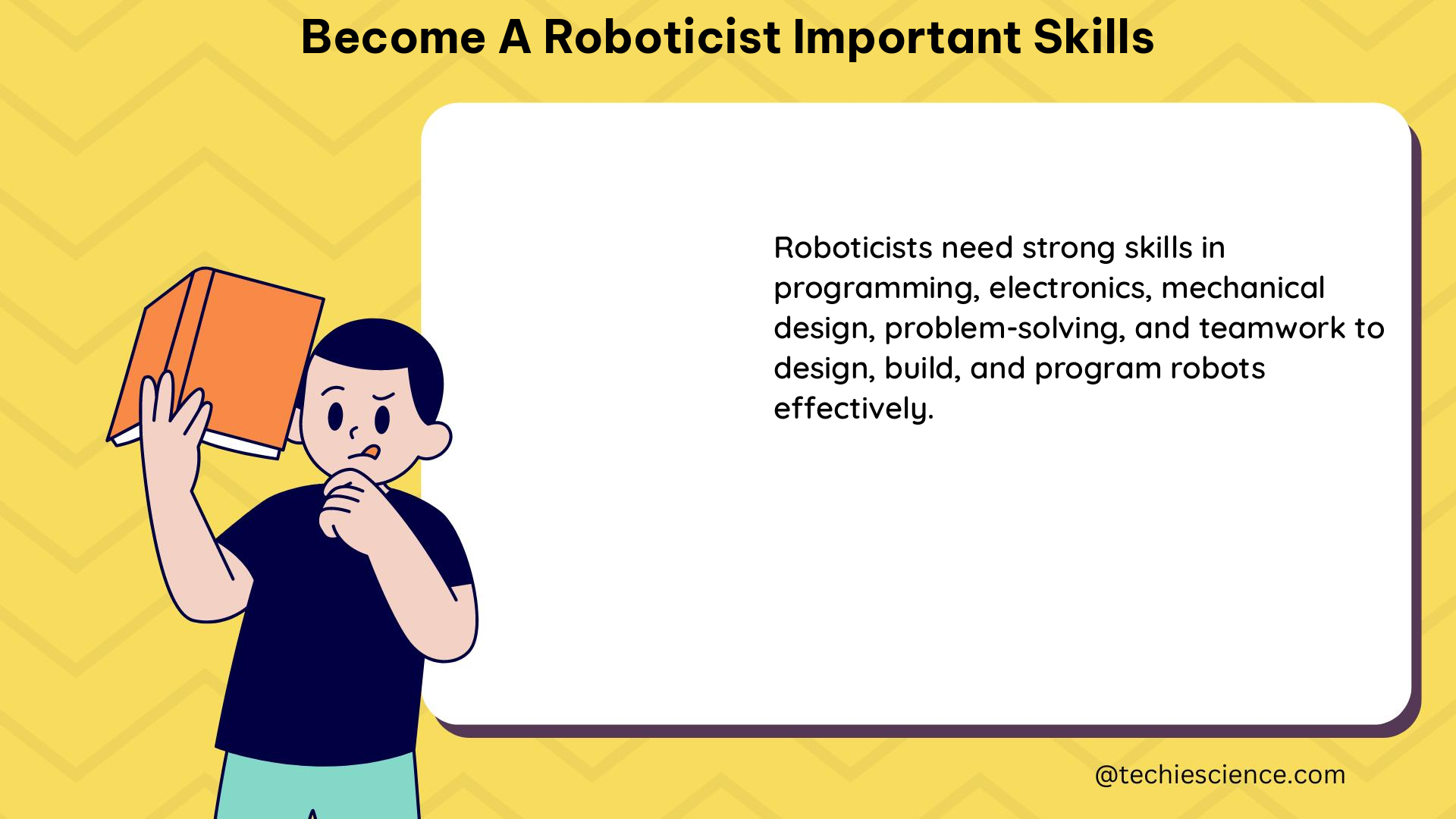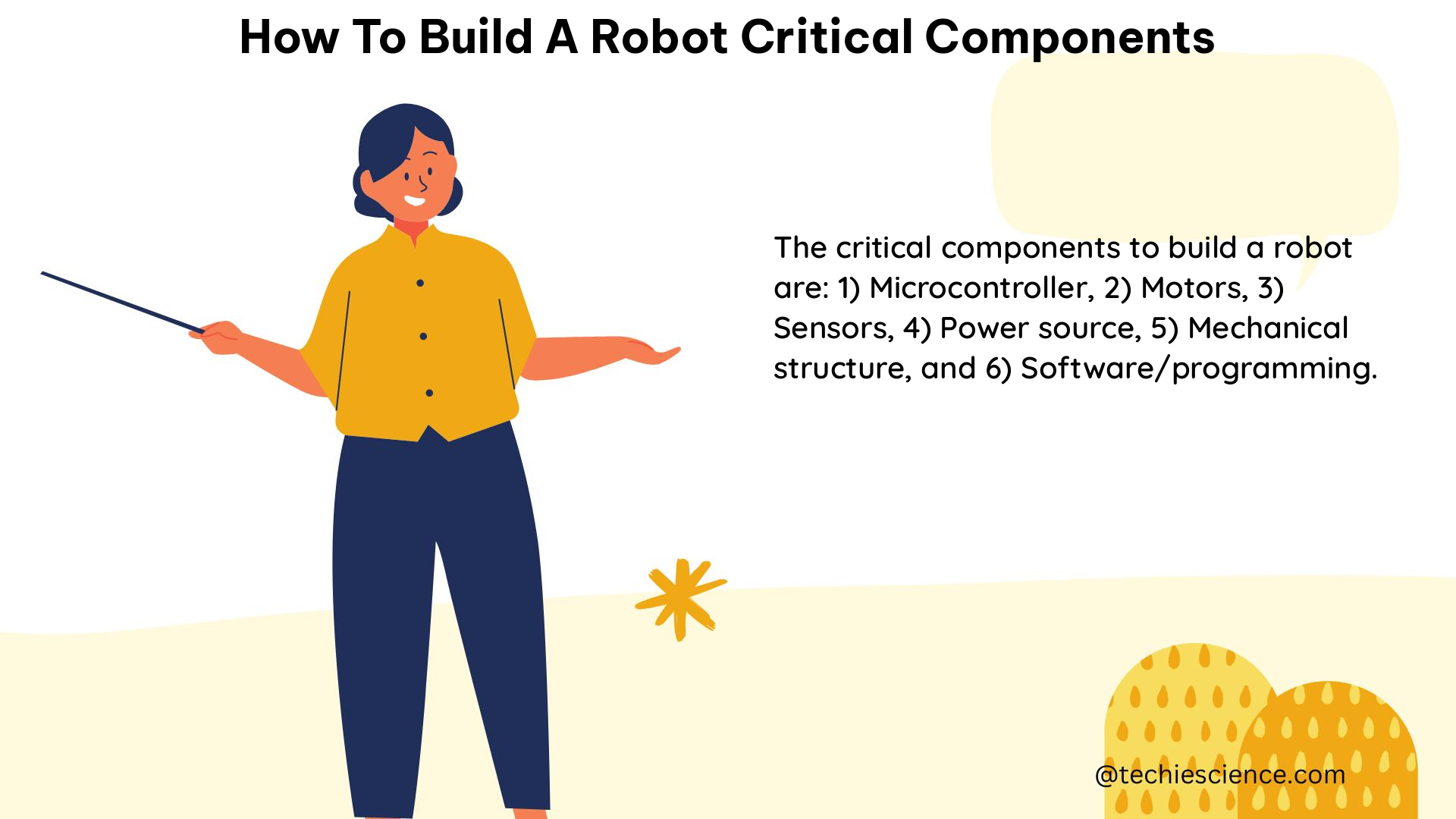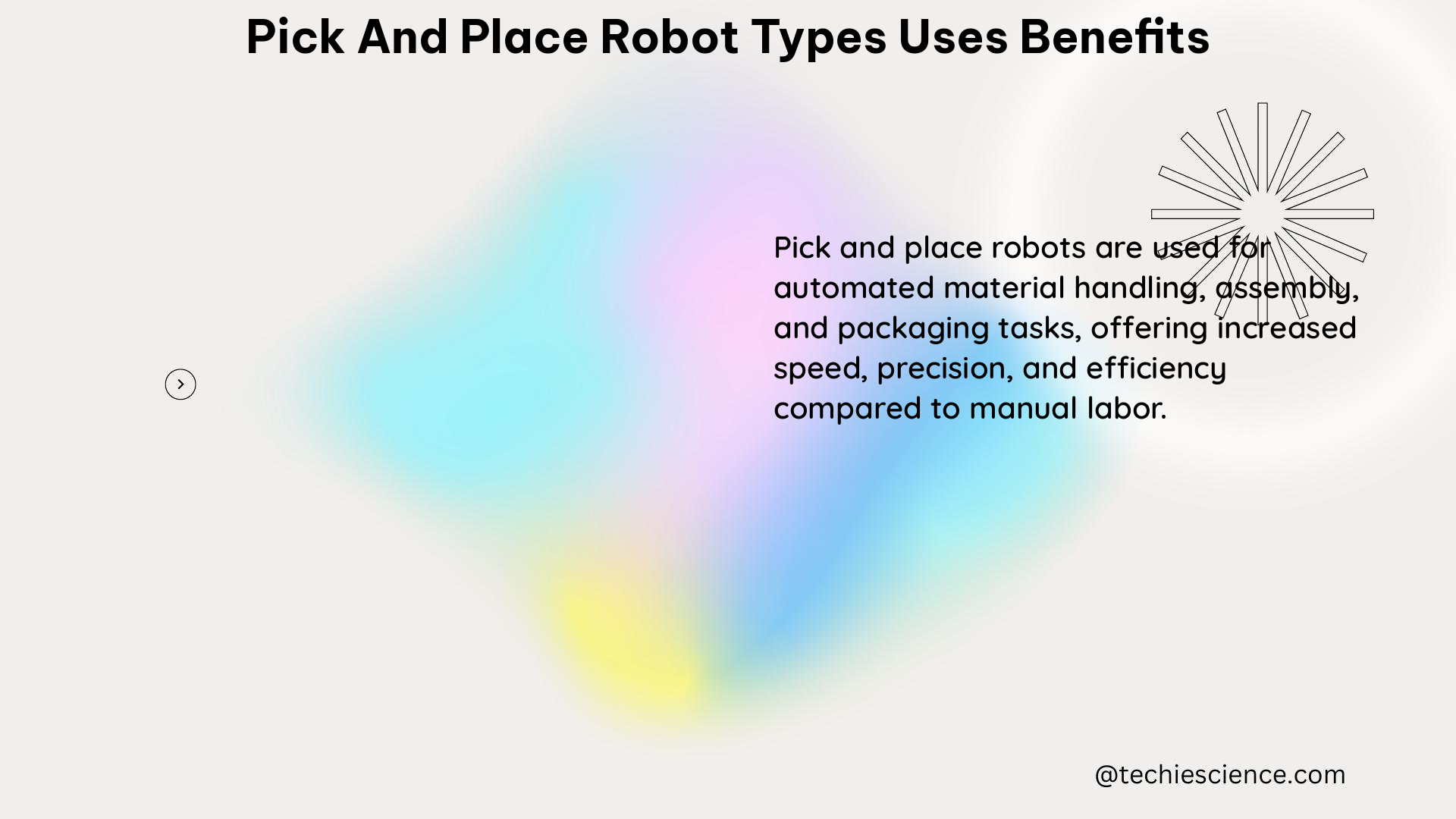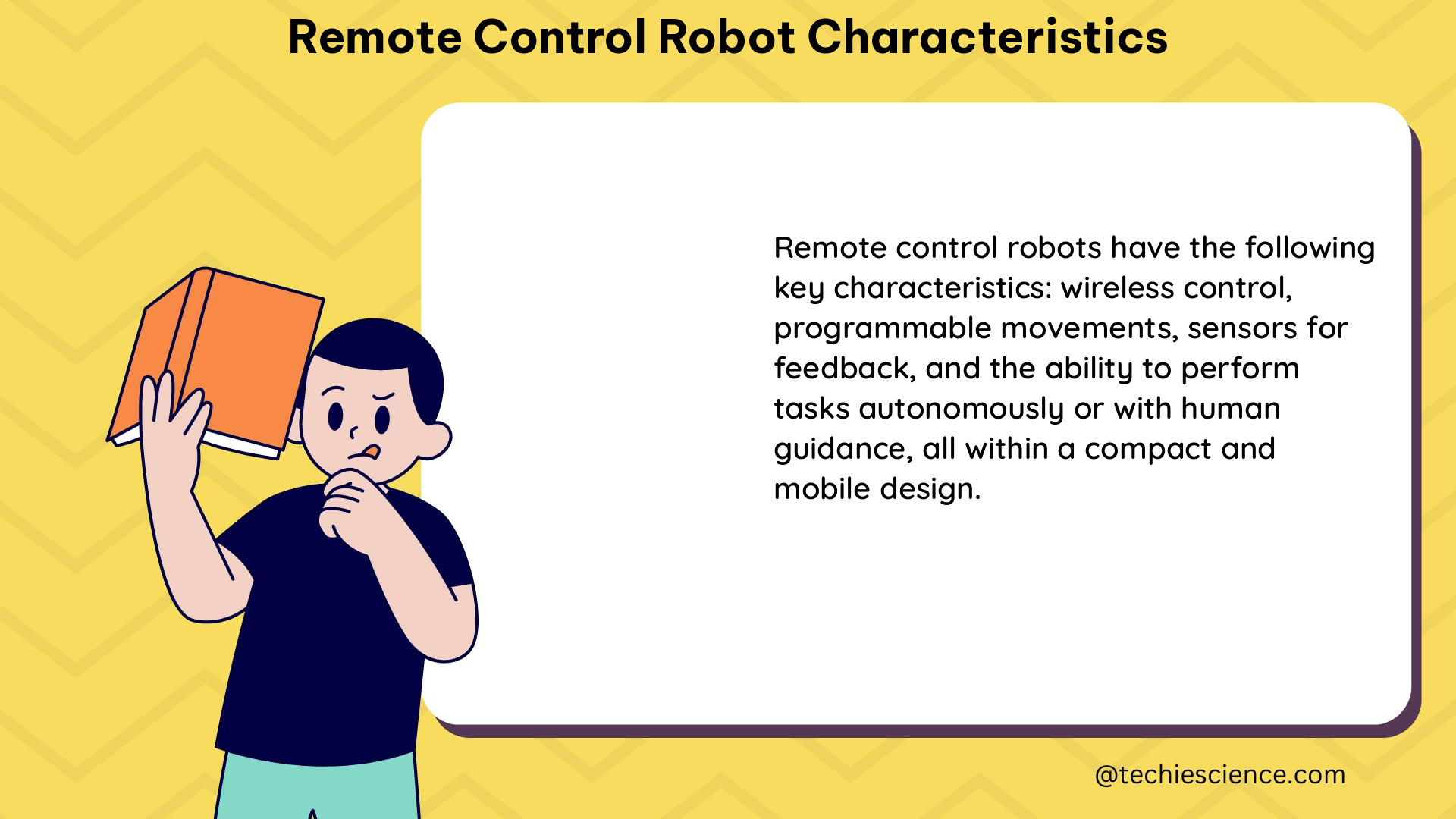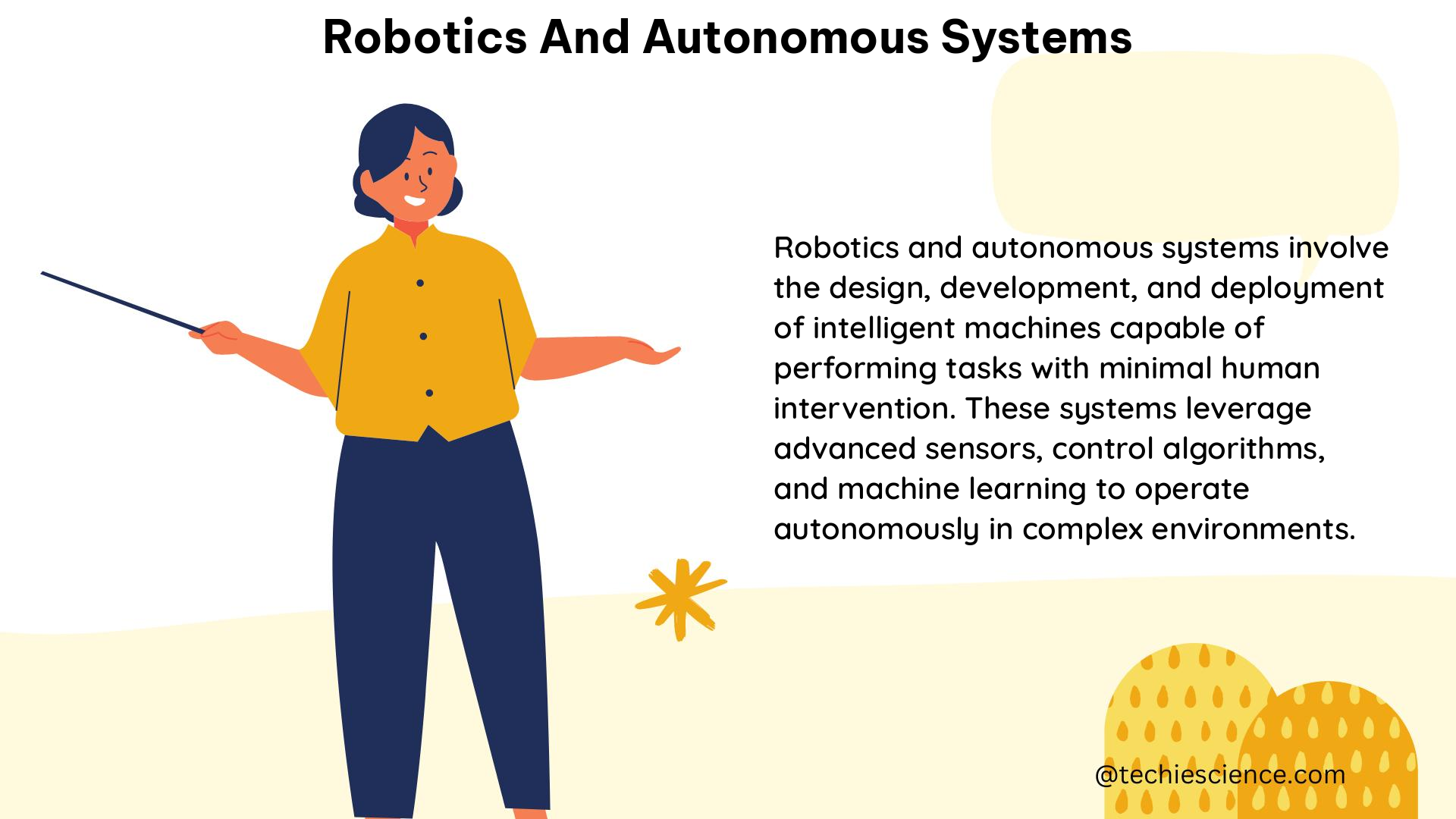Speech synthesis robots face a myriad of challenges, including speech recognition accuracy, language support, and real-time dialogue initiation. These challenges are crucial to address in order to develop advanced and reliable speech synthesis systems. In this comprehensive guide, we will delve into the technical details and provide a hands-on playbook for science students to navigate the complexities of speech synthesis robot types challenges.
Speech Recognition Accuracy
One of the primary challenges in speech synthesis robots is achieving high accuracy in speech recognition. The performance of speech recognition systems is often evaluated using metrics such as Word Error Rate (WER), which measures the edit distance between the recognized text and the reference transcript.
Acoustic Modeling
The accuracy of speech recognition is heavily dependent on the quality of the acoustic model, which maps the input audio signal to the corresponding phonemes or words. Advances in deep learning have led to the development of more robust acoustic models, such as Convolutional Neural Networks (CNNs) and Recurrent Neural Networks (RNNs), which can better capture the temporal and spectral characteristics of speech.
For example, the DeepSpeech2 model, developed by Baidu Research, utilizes a deep bidirectional recurrent neural network architecture to achieve state-of-the-art performance on various speech recognition benchmarks. The model takes raw audio as input and outputs a sequence of characters, which can then be decoded into words.
import deepspeech
model = deepspeech.Model("deepspeech-0.9.3-models.pbmm")
audio = deepspeech.audioToInputVector("path/to/audio.wav", 16000)
text = model.stt(audio)
print(f"Recognized text: {text}")
Language Model Integration
To further improve speech recognition accuracy, language models can be integrated with the acoustic model. Language models capture the statistical patterns of language, allowing the speech recognition system to make more informed decisions about the most likely sequence of words.
One popular approach is to use n-gram language models, which estimate the probability of a word given the previous n-1 words. More advanced language models, such as Transformer-based models like BERT, can capture more complex linguistic patterns and dependencies.
import nltk
from nltk.lm import MLE
from nltk.lm.preprocessing import padded_everygram_pipeline
# Train a 3-gram language model on a corpus of text
train_text = "This is a sample text for training a language model."
train_data, vocab = padded_everygram_pipeline(3, train_text)
lm = MLE(3)
lm.fit(train_data, vocab)
# Use the language model to score a sequence of words
word_sequence = ["This", "is", "a", "sample", "sequence"]
score = lm.score_ngrams(word_sequence)
print(f"Score of the word sequence: {score}")
Multilingual Support
Another challenge in speech synthesis robots is providing support for multiple languages. This requires developing acoustic and language models for each target language, as well as handling language identification and code-switching scenarios.
One approach to address this challenge is to leverage transfer learning, where models trained on high-resource languages can be fine-tuned on low-resource languages, leveraging the shared linguistic patterns and acoustic features.
import fairseq
from fairseq.models.speech_to_text import S2TTransformerModel
# Load a pre-trained multilingual speech recognition model
model = S2TTransformerModel.from_pretrained(
"fairseq-s2t/s2t_transformer_s_en_de_it_pt"
)
# Transcribe speech in multiple languages
audio = fairseq.data.data_utils.from_file("path/to/audio.wav")
text = model.transcribe(audio, beam=5, max_len_a=0.2, max_len_b=50)
print(f"Recognized text: {text}")
Real-Time Dialogue Initiation
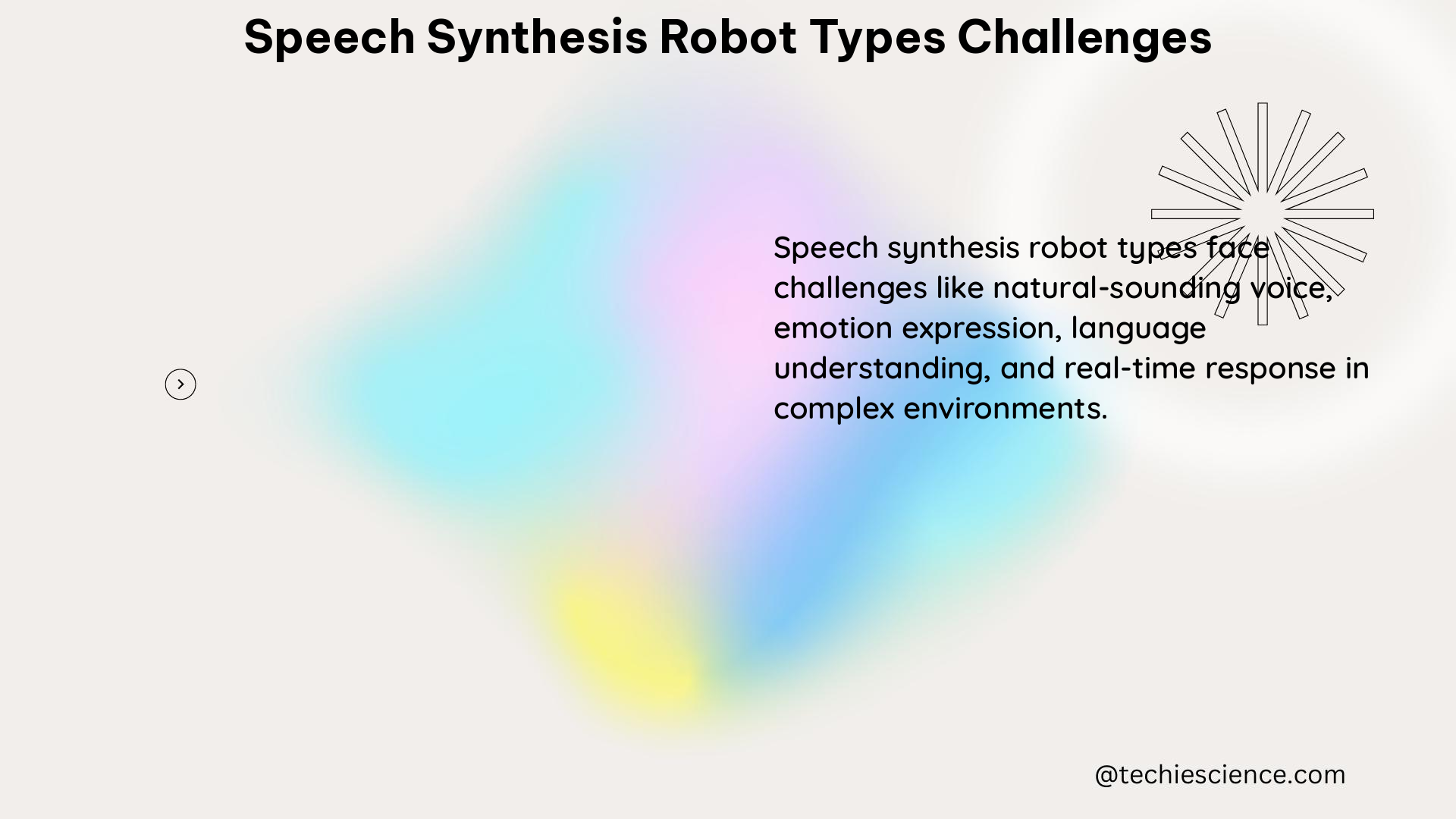
Another key challenge in speech synthesis robots is the ability to engage in real-time dialogue, where the robot can understand and respond to user queries in a natural and seamless manner.
Dialogue Management
Effective dialogue management is crucial for enabling real-time dialogue initiation. This involves components such as natural language understanding, dialogue state tracking, and response generation.
Natural language understanding (NLU) aims to extract the semantic meaning and intent from user utterances, which can then be used to update the dialogue state and determine the appropriate response.
Dialogue state tracking maintains a representation of the current state of the conversation, which can be used to guide the selection of the next response.
Response generation involves generating a relevant and coherent response based on the dialogue state and the user’s input.
import rasa
from rasa.core.agent import Agent
from rasa.core.interpreter import RasaNLUInterpreter
# Load a pre-trained dialogue agent
agent = Agent.load("path/to/rasa/model")
# Process a user utterance
user_input = "I'd like to book a flight to New York."
response = agent.handle_text(user_input)
print(f"Bot response: {response}")
Multimodal Interaction
To further enhance the natural and intuitive interaction between users and speech synthesis robots, multimodal interaction capabilities can be incorporated. This includes integrating speech recognition with other modalities, such as gesture recognition, facial expression analysis, and visual scene understanding.
For example, the Pepper robot from Softbank Robotics combines speech recognition with gesture recognition and facial expression analysis to enable more natural and engaging interactions.
import pepper
from pepper.api import PepperRobot
# Initialize a Pepper robot
robot = PepperRobot()
# Engage in multimodal interaction
robot.say("Hello, how can I assist you today?")
user_input = robot.listen()
robot.recognize_gesture(user_input)
robot.recognize_emotion(user_input)
robot.respond("I understand. Let me help you with that.")
Explainable AI (XAI) for Speech Synthesis Robots
Explainable AI (XAI) is a critical area that holds promise for addressing the challenges of speech synthesis robots. XAI aims to make AI systems more transparent and interpretable, which can help users understand the reasoning behind the robot’s actions and decisions.
Interpretable Models
One approach to XAI is the development of interpretable machine learning models, such as decision trees, rule-based systems, and linear models. These models can provide clear explanations for their predictions, making it easier to understand and trust the robot’s behavior.
import sklearn
from sklearn.tree import DecisionTreeClassifier
# Train an interpretable decision tree model
X_train, y_train = load_dataset()
model = DecisionTreeClassifier()
model.fit(X_train, y_train)
# Visualize the decision tree
from sklearn.tree import plot_tree
import matplotlib.pyplot as plt
plt.figure(figsize=(12, 8))
plot_tree(model, filled=True)
plt.show()
Attention Mechanisms
Another approach to XAI is the use of attention mechanisms, which can highlight the most important features or inputs that contribute to the robot’s decision-making process. This can be particularly useful in speech synthesis, where the robot can explain which parts of the input audio or language model were most influential in its response.
import tensorflow as tf
from tensorflow.keras.models import Model
from tensorflow.keras.layers import Attention
# Define an attention-based speech recognition model
inputs = tf.keras.layers.Input(shape=(None, 40))
x = tf.keras.layers.Bidirectional(tf.keras.layers.LSTM(64))(inputs)
attention = Attention()(x, x)
outputs = tf.keras.layers.Dense(len(vocab), activation='softmax')(attention)
model = Model(inputs=inputs, outputs=outputs)
Counterfactual Explanations
Counterfactual explanations provide insights into how the robot’s behavior would change if certain input conditions were different. This can help users understand the robot’s decision-making process and identify potential biases or limitations.
import alibi
from alibi.explainers import CounterfactualProducer
# Train a counterfactual explanation model
X_train, y_train = load_dataset()
model = train_speech_recognition_model(X_train, y_train)
explainer = CounterfactualProducer(model)
# Generate a counterfactual explanation
instance = X_test[0]
cf = explainer.explain(instance)
print(f"Original prediction: {model.predict(instance)}")
print(f"Counterfactual prediction: {model.predict(cf.data.counterfactual)}")
By incorporating these XAI techniques, speech synthesis robots can become more transparent and trustworthy, allowing users to better understand and interact with these systems.
Conclusion
In this comprehensive guide, we have explored the various challenges faced by speech synthesis robot types, including speech recognition accuracy, language support, real-time dialogue initiation, and the role of Explainable AI (XAI) in addressing these challenges.
Through detailed technical explanations, code examples, and hands-on guidance, we have provided a playbook for science students to navigate the complexities of speech synthesis robot types challenges. By understanding the underlying principles, techniques, and state-of-the-art approaches, students can develop more advanced and reliable speech synthesis systems that can seamlessly interact with users in a natural and intuitive manner.
As the field of speech synthesis continues to evolve, it is crucial for science students to stay up-to-date with the latest advancements and research directions. By mastering the concepts and techniques presented in this guide, students can contribute to the ongoing progress and innovation in the field of speech synthesis robot types.
References
- Baidu Research. (2016). DeepSpeech2: End-to-End Speech Recognition in English and Mandarin. https://arxiv.org/abs/1512.02595
- Rasa. (2022). Rasa: Open-Source Conversational AI. https://rasa.com/
- Softbank Robotics. (2022). Pepper Robot. https://www.softbankrobotics.com/emea/en/robots/pepper
- Alibi. (2022). Alibi: Algorithms for Monitoring and Explaining Machine Learning Models. https://github.com/SeldonIO/alibi
- Stanford AI Index. (2022). 2022 AI Index Report. https://aiindex.stanford.edu/report/
